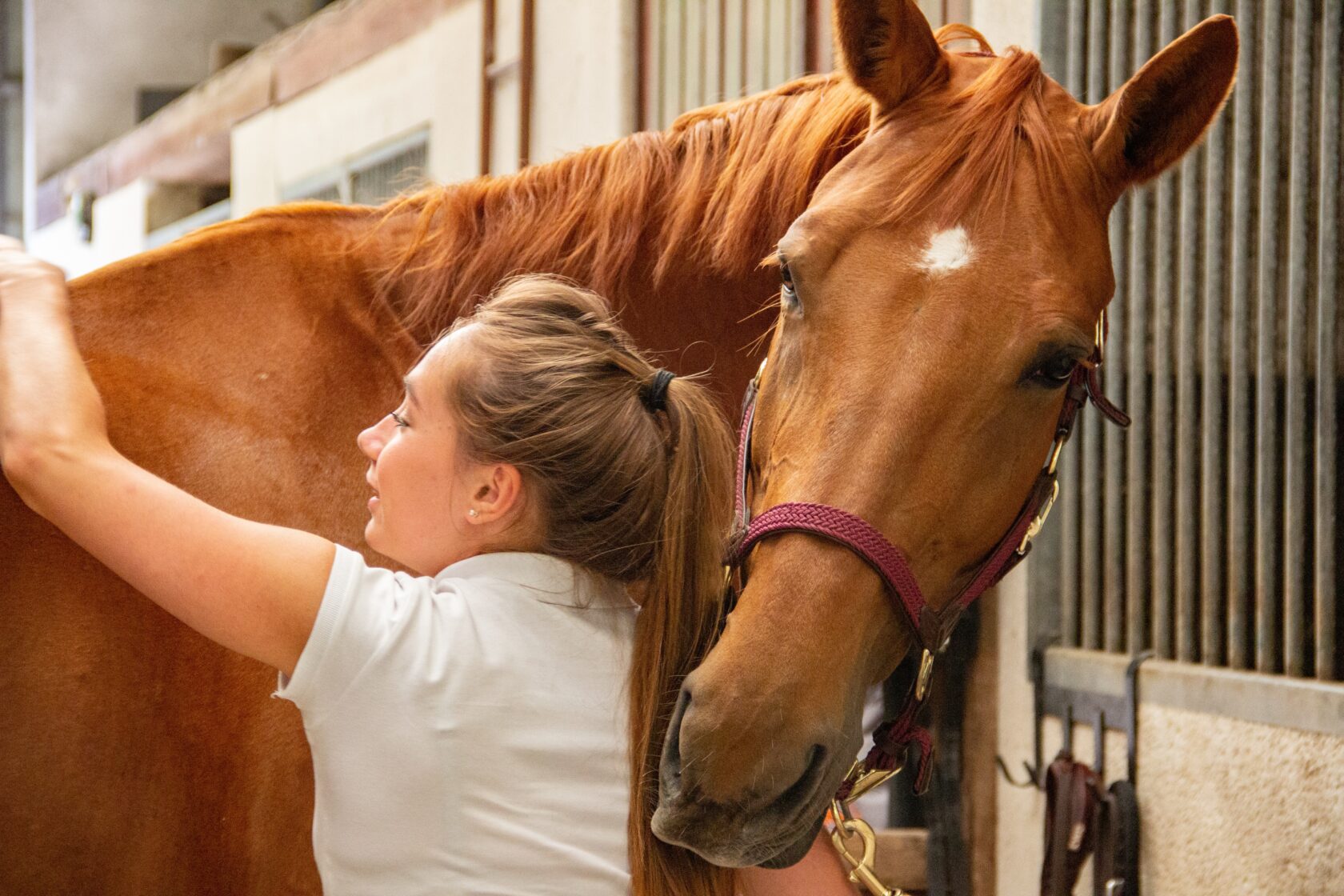Transitions can manifest in various ways, each with its unique challenges and demands:
| Transition |
Description |
| Starting or finishing school |
Moving from one educational level to another, such as beginning kindergarten or graduating from college. |
| Moving to a new home or community |
Relocating to a different place, whether it’s a new neighborhood, city, or even country. |
| Changing jobs or careers |
Transitioning from one occupation or profession to another, often accompanied by shifts in responsibilities and skills. |
| Retiring from work |
Exiting the workforce and adjusting to a life of retirement and leisure. |
| Entering or exiting a relationship |
Navigating the complexities of starting or ending partnerships, whether romantic or platonic. |
| Coping with the loss of a loved one or caregiver |
Dealing with the emotional and practical aftermath of losing a close friend or family member. |
| Adjusting to changes in health or abilities |
Adapting to alterations in physical or mental well-being, including disabilities or illnesses. |
| Changing care providers or support systems |
Shifting from one healthcare or support network to another, such as transitioning to a new doctor or therapist. |
| Moving from pediatric to adult healthcare |
Transitioning from child-oriented medical care to adult-oriented healthcare services. |
| Applying for and receiving government benefits or services |
Navigating the bureaucracy of accessing government assistance and resources. |
| Adjusting to changes in financial situation or status |
Managing shifts in income, expenses, or financial stability. |
| Starting or stopping medications or treatments |
Initiating or discontinuing medical treatments, which may require adjustments and monitoring. |
These transitions can have a profound impact on individuals with disabilities, emphasizing the importance of planning and providing appropriate support during these periods of change. By doing so, individuals can successfully navigate these transitions, pursue their goals, and lead fulfilling lives.
This post was originally published on Feb. 18, 2023. It was updated on Jan. 7, 2024.














